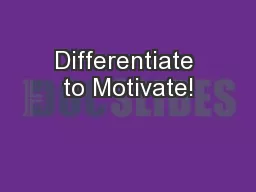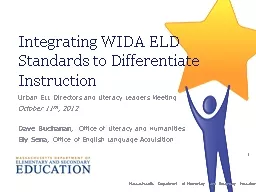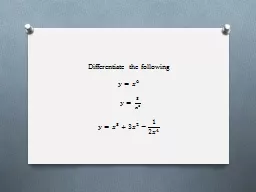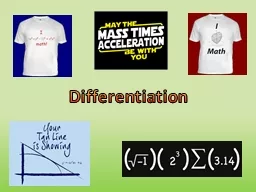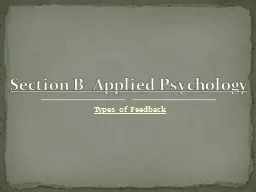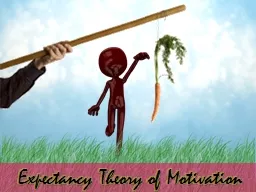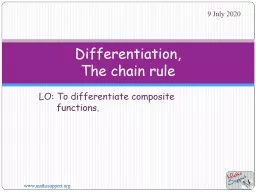PPT-Differentiate to Motivate!
Author : lindy-dunigan | Published Date : 2018-11-01
Using Choice Menus to Engage amp Challenge Every Student By Erica Hamer Why Use Activity Menus Choice Motivation StudentCentered Learning Styles Interests Build
Presentation Embed Code
Download Presentation
Download Presentation The PPT/PDF document "Differentiate to Motivate!" is the property of its rightful owner. Permission is granted to download and print the materials on this website for personal, non-commercial use only, and to display it on your personal computer provided you do not modify the materials and that you retain all copyright notices contained in the materials. By downloading content from our website, you accept the terms of this agreement.
Differentiate to Motivate!: Transcript
Download Rules Of Document
"Differentiate to Motivate!"The content belongs to its owner. You may download and print it for personal use, without modification, and keep all copyright notices. By downloading, you agree to these terms.
Related Documents

